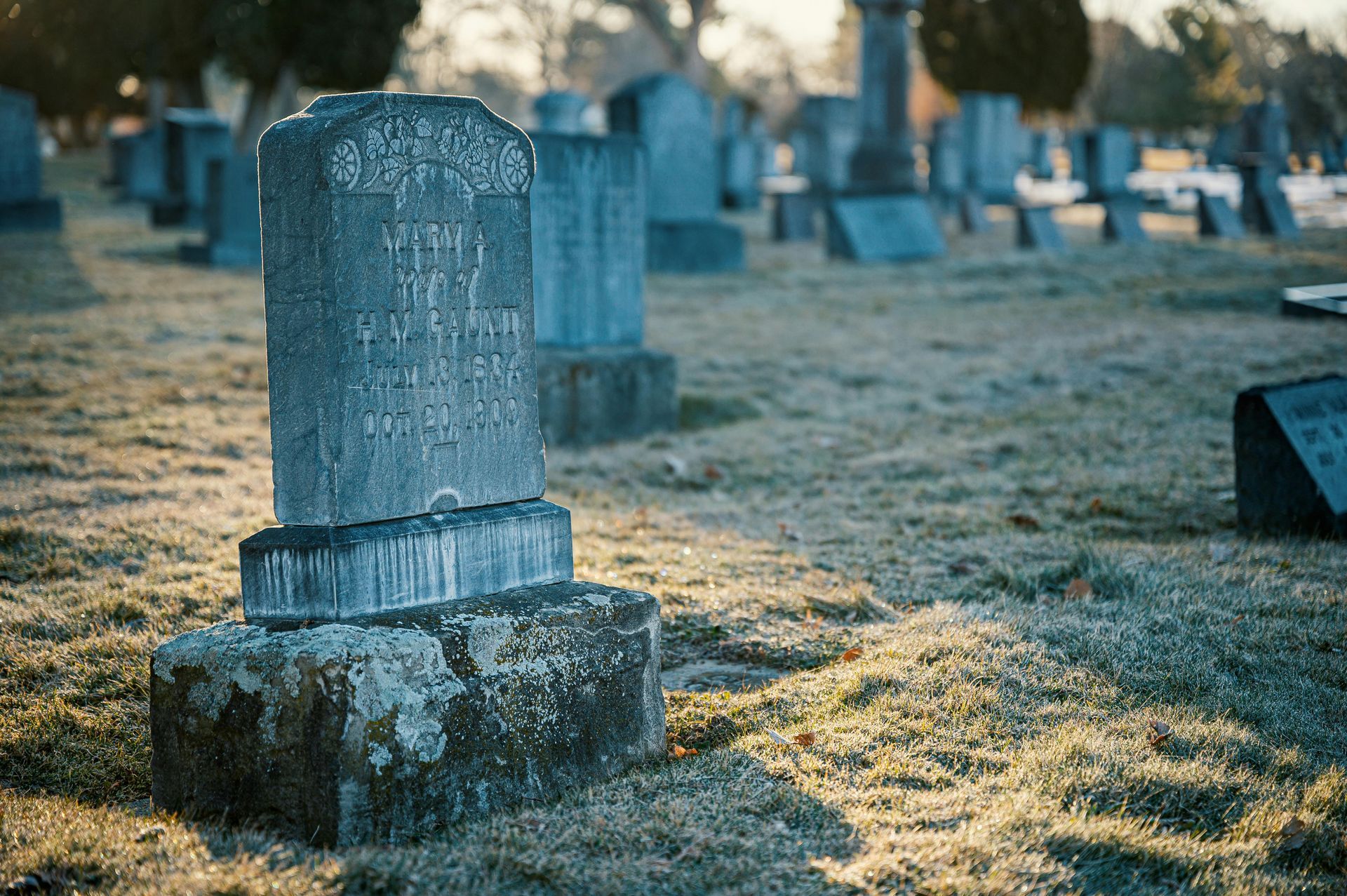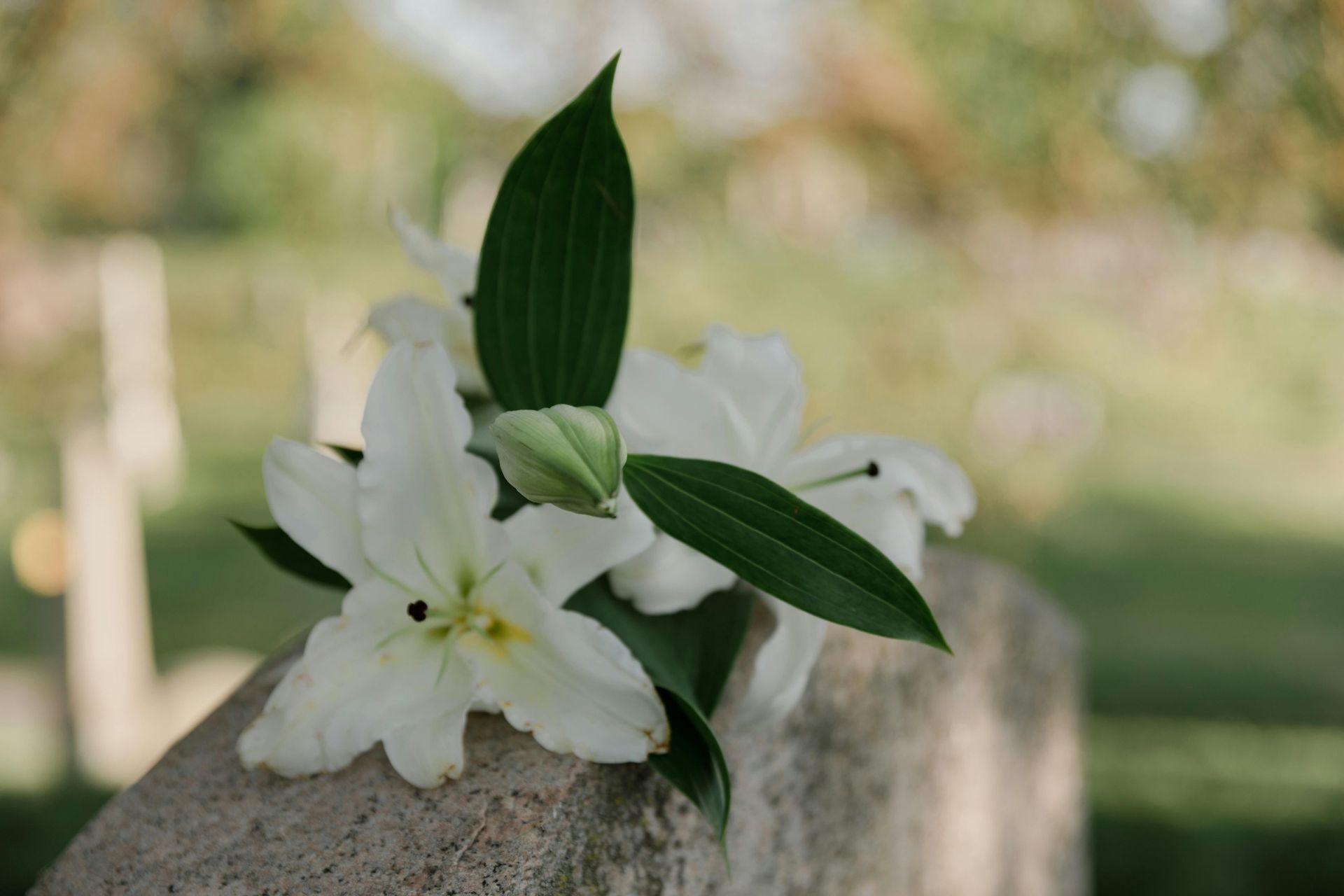
Visiting graves is a tradition that spans across cultures and centuries, offering a profound way to connect with the memories of those who have passed. Whether it’s to honour a loved one, pay respect to an ancestor, or reflect on your own life, visiting a grave can be a deeply moving and personal experience. In this guide, we’ll explore the significance of visiting graves, tips for planning a visit, and ways to make the experience meaningful.
Why Visit Graves?
One of the most common reasons people visit graves is to honour family members or friends who have passed away. This act of remembrance serves as a way to maintain a connection, reflect on shared memories, and express love. Bringing flowers, letters, or mementoes to a grave can symbolise ongoing affection and respect.
Reflection and Healing
Grave visits often provide a serene environment for quiet contemplation, which can foster emotional healing. The ritual of visiting the resting place of a loved one gives space for reflection, whether on life, death, relationships, or personal growth. In this calm, reflective setting, many find solace and peace during difficult times.
Cultural and historical significance
Graveyards are also repositories of history, both personal and collective. Visiting the graves of ancestors allows people to connect with their heritage, learn about their lineage, and gain a deeper understanding of their roots. For those interested in genealogy or history, graveyards can hold significant historical insight, from local legends to famous figures who shaped a region.
Spiritual Significance
For many, visiting a grave has spiritual undertones. It can provide a sense of communion with the departed or offer a time for prayer and contemplation of the afterlife. This practice is often embedded in religious customs, making it an act of devotion or spiritual duty.
Preparing for a Grave Visit
When planning a visit to a grave, a bit of preparation can help make the experience meaningful and respectful.
1. Check Cemetery Rules and Hours
Each cemetery has its own guidelines and hours of operation. Some may have restrictions on what items can be left at gravesites, such as fresh flowers only or rules against certain types of decorations. Check ahead of time to ensure your visit is in accordance with the cemetery’s policies.
2. Bring Appropriate Items
Many people bring flowers, candles, or other mementoes when they visit graves. Choose something that resonates with the individual’s personality or that holds cultural or personal significance. If you want to write a letter or poem to leave behind, waterproof paper or a laminated copy may prevent damage from the elements.
3. Dress Comfortably
While formal attire is not required for most visits, it’s a good idea to dress in a way that shows respect for the space and the occasion. Comfortable shoes are important, especially if the cemetery is large or if you plan to spend time walking through the grounds.
4. Respect the Space
- Keep in mind that you are in a shared space where other families and individuals may be visiting graves. Speak softly, avoid playing loud music, and be mindful of personal boundaries. Respecting the graves of others means not stepping directly on them and refraining from removing any items left by others.

Making the Experience Meaningful
To create a meaningful experience when visiting a grave, consider incorporating personal rituals or practices that resonate with you.
Speak to the Deceased
Many find comfort in speaking to their loved ones when they visit graves. Whether aloud or in your mind, sharing memories, emotions, or updates about your life can feel like maintaining a connection, even after someone has passed.
Leave a Token of Remembrance
Leaving something meaningful, such as a favourite flower, a personal letter, or a symbolic object, can be a powerful gesture. Some people also like to place a small stone on the grave as a symbol of remembrance or to show they’ve visited.
Spend Time Reflecting
Take a few moments to sit quietly, breathe deeply, and reflect. This is a time to process emotions, whether that involves grief, gratitude, or a mix of both. The act of reflecting in a peaceful setting can help you gain perspective and foster a sense of connection to your loved one.
Consider the Surroundings
Many cemeteries are located in beautiful, peaceful locations. Use this time to appreciate the natural surroundings—the sound of the wind, the feel of the earth beneath your feet, the sight of the trees and flowers. Allowing yourself to be present in the moment can deepen the experience and offer a sense of tranquillity.
Grieving and Moving Forward
Grave visits can be a regular part of the grieving process, but they can also help with acceptance and healing. Grief doesn’t follow a set timeline, and visiting a grave may become a way to acknowledge a loss while continuing with your life. For some, these visits remain an important part of their lives for years to come, while others may find themselves visiting less frequently over time. Both approaches are normal and valid.
Final Thoughts
Visiting a grave can be a powerful and comforting experience, whether it’s done as part of a long-standing tradition or as a one-time visit. It allows for a moment of connection, reflection, and respect, offering the opportunity to honour the past while finding peace in the present. Whether you're visiting a loved one’s final resting place or taking a contemplative walk through a historical cemetery, these moments offer a unique way to acknowledge the cycle of life and death.
How else can we help?
Can’t find what you’re looking for?
We’re happy to answer any questions you have. Just drop us a line, or give us a call.
01902 246 040 // 81 Tempest Street, Wolverhampton, WV2 1AA
Tailored Funerals. All Rights Reserved | Privacy Policy | Terms of Business




